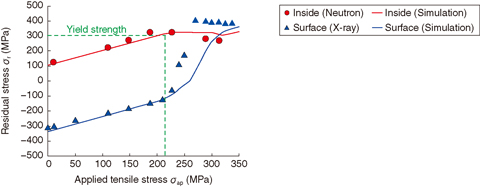
Fig.5-20 Experimental set-up for residual stress measurement under tensile loading

Fig.5-21 Relaxation behaviors of residual stress under tensile loading
Compressive residual stresses can prevent “cracking”, which is a typical fracture mode of mechanical components and structures caused by fatigue and stress corrosion. The compressive residual stress is introduced in the surface layer of components by surface treatment techniques such as peening and low-plasticity varnishing. However, the compressive residual stress may be relaxed due to external mechanical and/or thermal loadings to which the component in service is subjected. If relaxation occurs, the cracking-prevention effects are reduced and the risk of accidental failure of the component is increased. Therefore, understanding the residual stress relaxation process is quite important for evaluating the strength reliability of mechanical components and structures.
Residual stresses in the surface are measured by an X-ray diffraction method. If we use neutrons instead of X-rays on the diffraction method, residual stresses deep inside the materials can be measured to a depth of several centimeters because of the quite large penetration depth of neutrons. Therefore, the complementary use of neutron and X-ray diffraction can provide decisive evidence for understanding the residual stress relaxation process.
Fig.5-20 shows the setup for neutron stress measurements at JAEA’s JRR-3 research reactor. Compressive residual stresses were introduced on a steel sample by a peening technique. Tensile loads were applied to the sample step-by-step on the diffractometer. The measured residual stress behaviors are shown in Fig.5-21. Both surface and interior residual stresses increased with the applied tensile stress. When the applied stress was about 220 MPa, the interior residual stress (![]() plots) reached the yield strength of the sample and the relaxation of the surface compressive residual stress (
plots) reached the yield strength of the sample and the relaxation of the surface compressive residual stress (![]() plots) started. This fact means that the relaxation of the surface compressive residual stress under tensile loading was caused by yielding inside the sample. Therefore, the surface compressive residual stress relaxation started prior to the plastic deformation of the surface under tensile loading.
plots) started. This fact means that the relaxation of the surface compressive residual stress under tensile loading was caused by yielding inside the sample. Therefore, the surface compressive residual stress relaxation started prior to the plastic deformation of the surface under tensile loading.
As a next step of this study, we have been investigating compressive residual stress relaxation behaviors due to thermal loading. The strength reliability and performance of mechanical components and structures are expected to be improved by using this information in the residual stress relaxation.
This study was partly supported by Japan Society for the Promotion of Science (JSPS) KAKENHI Grant-in-Aid for Scientific Research (B) (No.23360061).